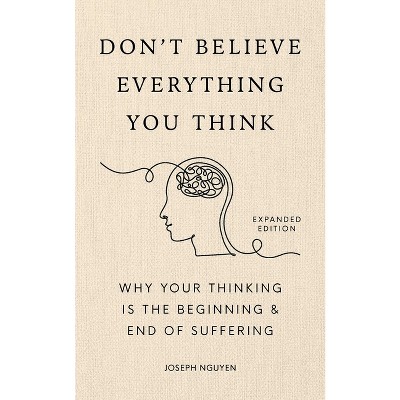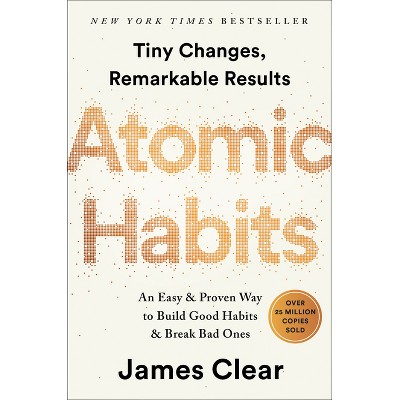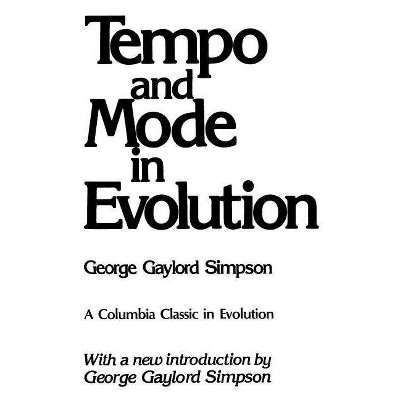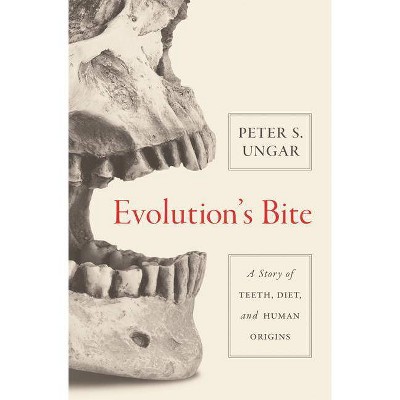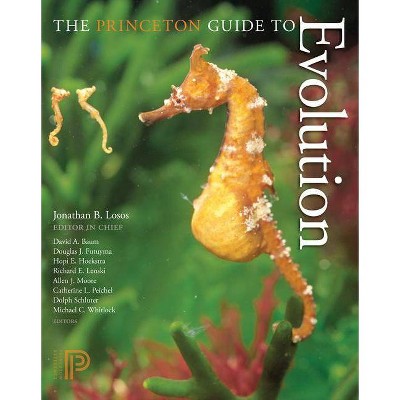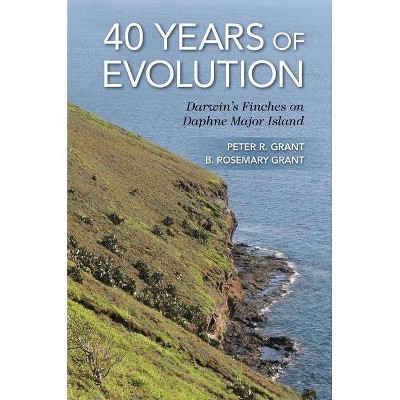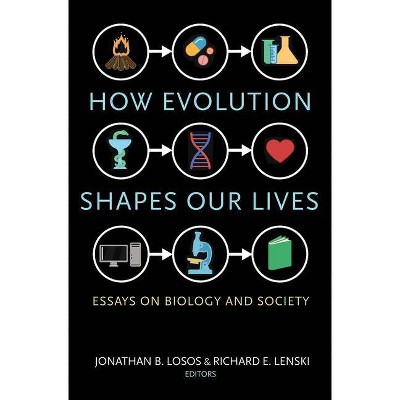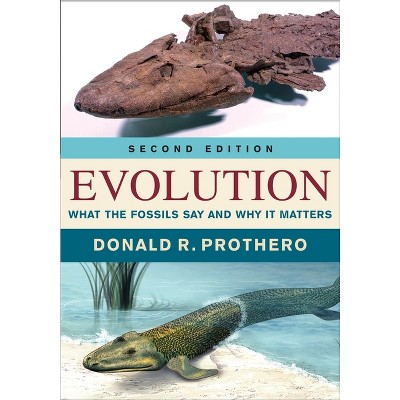About this item
Highlights
- Provides a timely and authoritative account of Life History Evolution by a multidisciplinary team of scholars and researchers from around the world Life History Evolution: Traits, Interactions, and Applications presents a cutting-edge synthesis of the mechanisms driving life history strategies that span the breadth of taxa, from bacteria to humans.
- About the Author: Michal Segoli is an evolutionary and behavioural ecologist at Ben-Gurion University of the Negev, Israel, where she teaches courses in life history evolution, evolutionary ecology, and conservation biological control.
- 496 Pages
- Science, Life Sciences
Description
About the Book
"Life history traits are defined as those related to the timing and magnitude of major events in the life of an organism (e.g., birth, maturation, reproduction, and death). Life history theory aims at explaining the huge variation in these trait values and their combinations that we see in nature. Hence, life history strategies are at the heart of evolutionary ecology, illuminating how organisms are structured and how they allocate resources, behave, and evolve, in response to different environmental pressures. Throughout the years, the study of life history evolution has experienced some major advances. First, while classical life history theory relied on optimization approaches and had some major empirical successes, more advanced approaches, involving frequency- and density-dependence, explicit population dynamics, and evolutionary game theory, have further promoted our understanding in the field. Second, while classical theory often emerged from observations of life history patterns in a specific group of animals (e.g., clutch size in birds), later work extended and further developed these principles to the study of a variety of organisms including different groups of vertebrates, invertebrates (in particular, arthropods), plants, fungi, and even bacteria. At the same time, concepts from life history evolution were used to promote our understanding of human evolutionary ecology. Third, while classical life history theory often focused on a few basic life history traits, most commonly including lifespan, growth, and investment in reproduction, later works extended our view to consider additional traits such as dispersal, mating systems, sociality, etc., either as life history traits on their own merit or in the context of their interaction with major life history traits (e.g., investment in reproduction and longevity). Fourth, while classical life history theory often addressed the evolution of each organism independently, later advances extended this approach to consider life history evolution also in the context of inter-specific and even community level co-evolutionary interactions. Fifth, with the advance in molecular, genetic, and physiological methods, we can now better understand the underlying proximate mechanisms of life history patterns. Sixth, while theory often focusses on evolutionary responses to environmental conditions, we now have accumulating evidence that evolutionary processes may occur at short enough time scale to allow eco-evolutionary feedback loops."--Book Synopsis
Provides a timely and authoritative account of Life History Evolution by a multidisciplinary team of scholars and researchers from around the world
Life History Evolution: Traits, Interactions, and Applications presents a cutting-edge synthesis of the mechanisms driving life history strategies that span the breadth of taxa, from bacteria to humans. Integrating classical and contemporary perspectives, this comprehensive volume addresses how organisms evolve traits in response to diverse ecological pressures. Editors Michal Segoli and Eric Wajnberg bring together leading experts to explore the intersection of evolutionary biology, ecology, and applied research, focusing on the evolving complexity of life history traits and their implications.
In-depth yet accessible chapters cover a broad spectrum of life history traits, from classical traits of lifespan and reproduction to more complex interactions like social behaviour, predator-prey dynamics, and human-induced evolutionary processes. The contributing authors explain essential concepts, identify critical knowledge gaps, discuss future research directions, and demonstrate the relevance of life history evolution in addressing climate change, species invasion, pollution, and more.
Providing a well-balanced understanding of life history traits and their implications, Life History Evolution:
- Incorporates recent advances in evolutionary theory, including eco-evolutionary feedback loops and anthropogenic impacts
- Offers diverse perspectives and original research from leading experts in fields such as evolutionary biology, ecology, entomology, zoology, agriculture, and veterinary medicine
- Discusses life history evolution in the context of co-evolved interactions such as predator-prey, parasite-host, plant-herbivore, and endosymbiont-host relationships
- Provides an overview of the foundational theory, recent developments, and current thinking in the field
- Features numerous case studies that highlight real-world applications in biological control, wildlife management, climate change adaptation, and others
Revealing how life history traits shape the evolutionary strategies of organisms, Life History Evolution: Traits, Interactions, and Applications is an essential resource for undergraduate and graduate students, researchers, industry professionals, and policymakers in ecological science. It is an ideal textbook for courses in evolutionary ecology, evolutionary biology, conservation biology, environmental science, and environmental management.
About the Author
Michal Segoli is an evolutionary and behavioural ecologist at Ben-Gurion University of the Negev, Israel, where she teaches courses in life history evolution, evolutionary ecology, and conservation biological control.
Eric Wajnberg is a population biologist affiliated with INRIA and INRAE in France and USP/ESALQ in Brazil. With 40 years of experience, he focuses on population genetics, behavioural ecology, and statistical modeling.



